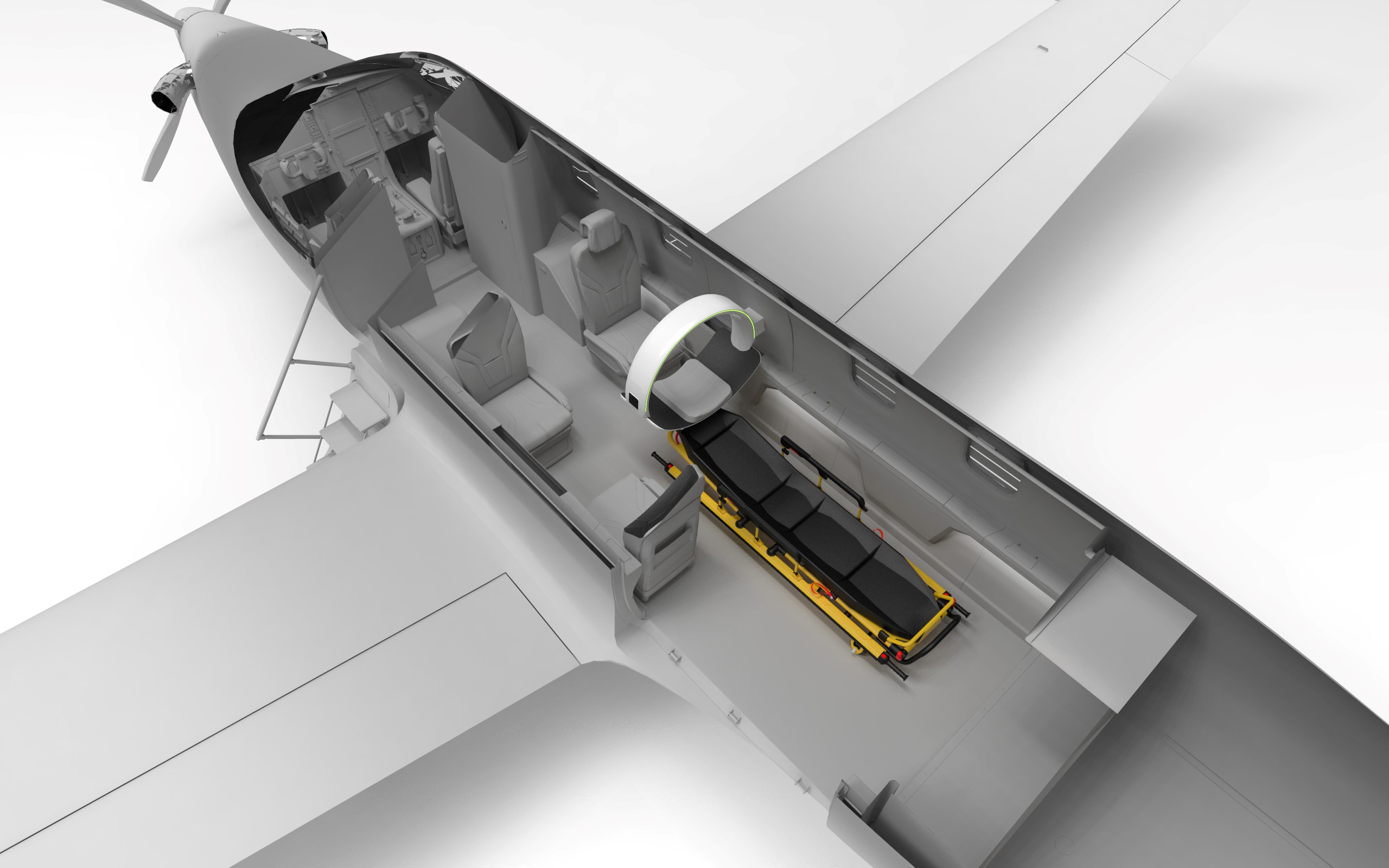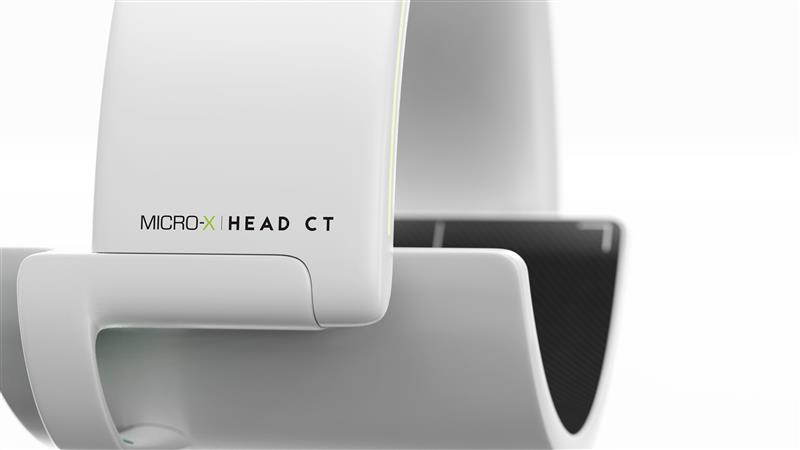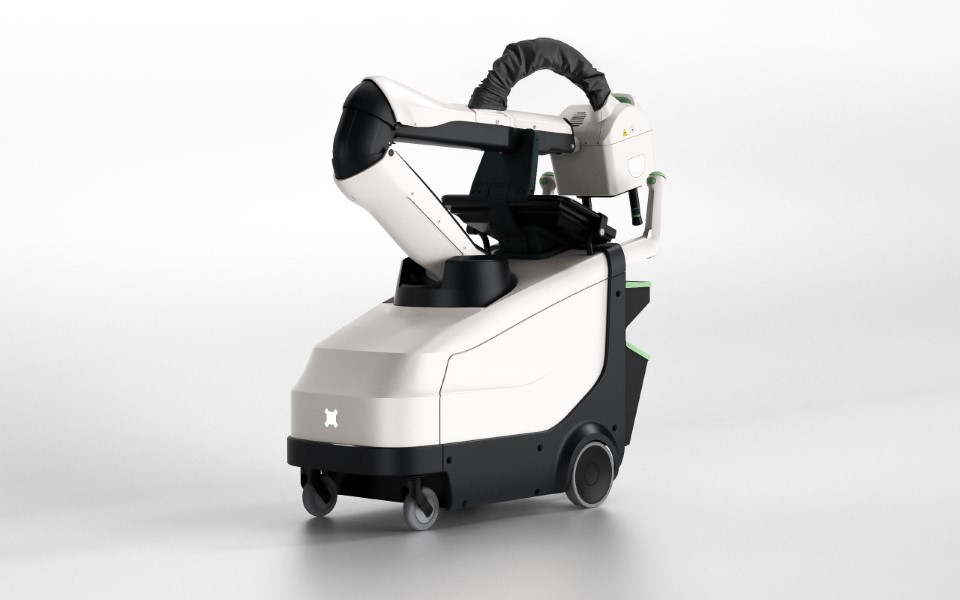.jpg)

In a world-first initiative, Micro-X’s Head CT scanner will play a central role in a groundbreaking clinical research study set to reshape stroke care across Australia’s most remote regions.
Backed by a $1.4 million NHMRC Partnership Project grant, the five-year study will deploy the Micro-X Head CT in a world-first study of air stroke ambulances for prehospital stroke care, using teleneurology and teleradiography to test feasibility of widespread deployment. Australian Stroke Alliance senior research fellow, Dr Anna Balabanski, will lead the landmark project. With the trial set in remote central and northern Australia, it will also include Aboriginal and Torres Strait Islander co-designed culturally safe protocols and provide an evidence base for the implementation of this care model in remote areas across Australia.

If successful, the study will demonstrate Micro-X Head CT’s clinical and economic benefits, revolutionise prehospital stroke care policy, and transform prehospital stroke care delivery on a national and global scale through updated national guidelines for diagnosis and care. .
Participating institutions and partners include the University of Melbourne, Australian Stroke Alliance, Royal Darwin Hospital, Alice Springs Hospital, Royal Adelaide Hospital, Royal Flying Doctor Service, CareFlight and the National Stroke Foundation.
"This is about transforming outcomes," said Micro-X Chief Operating Officer Anthony Skeats, who is part of the study's research leadership team. "Every minute counts when diagnosing stroke, and our technology will bring that diagnostic capability directly to the patient, no matter where they are."
"We’re proud that our Australian innovation will be at the heart of a project with national and global impact."
Whether in hospital or in a standard road or air ambulance, Head CT is being designed to bring critical care imaging to patients. With a first-of-its-kind curved array and detector, Head CT integrates world-leading Nano Electronic X-ray (NEX) Technology to deliver a miniaturised stroke CT that can be brought to the patient for fast and reliable CT head imaging. At around 70kg the portable Head CT brings imaging to patients and critical care staff. Fast scanning with no rotating gantry, the Head CT has one third of the dose of an equivalent fixed CT.
With the Australian Stroke Alliance as a funding partner, the $8 million Australian Government-funded project takes device development through to hospital human imaging trials, with this new funding from the NHMRC extending to use in air ambulances. Project partners include Monash University's Design Health Collab (design) and Johns Hopkins University (software).
The research study will also test the integration of teleneurology and teleradiography, using remote specialists to support on-the-ground clinicians in interpreting scans and making time-critical decisions about stroke treatment before the patient even reaches a hospital.

For Micro-X, this is an important milestone in the journey to commercialise its Head CT for stroke diagnosis and make lightweight mobile CT a reality.
"Partnering with the Australian Stroke Alliance on this world-first study reinforces the immense potential of the Head CT to make stroke diagnosis faster and more equitable," said Micro-X CEO Kingsley Hall. "We’re proud that our Australian innovation will be at the heart of a project with national and global impact."
The five-year research study will generate clinical and economic evidence to support broader rollout across rural and remote health services, potentially revolutionising prehospital care - not just for stroke, but for other time-critical conditions.
As Micro-X continues advancing diagnostic imaging beyond boundaries, this partnership highlights what’s possible when cutting-edge technology meets an urgent clinical need.
Read about how Micro-X is developing new technology for stroke CT imaging
Learn from Monash University's Design Health Collab on the design process to create Micro-X's Head CT device


In the final newsletter for 2025, we reflect on some of the achievements of the year, while looking towards what is to come in 2026.


The newly updated Rover Mobile DR X-ray system will be launched at the Radiological Society of North America (RSNA) Annual Meeting in Chicago this November, building on Rover's proven strengths in lightweight, motor-free mobile imaging.


Ahead of World Stroke Day on October 29, Stockhead’s host Fraser Palamara spoke with Australian Stroke Alliance co-chair Professor Stephen Davis about the massive global impact of stroke and the technology reshaping how it’s treated.

Micro-X creates revolutionary X-ray technology to better lives.
Our Purpose
Find out how Micro-X is creating new opportunities for industries across the world.
Find out more
They’re the visionaries and innovators behind our X-ray technology, products, culture and ethos.
Meet the team